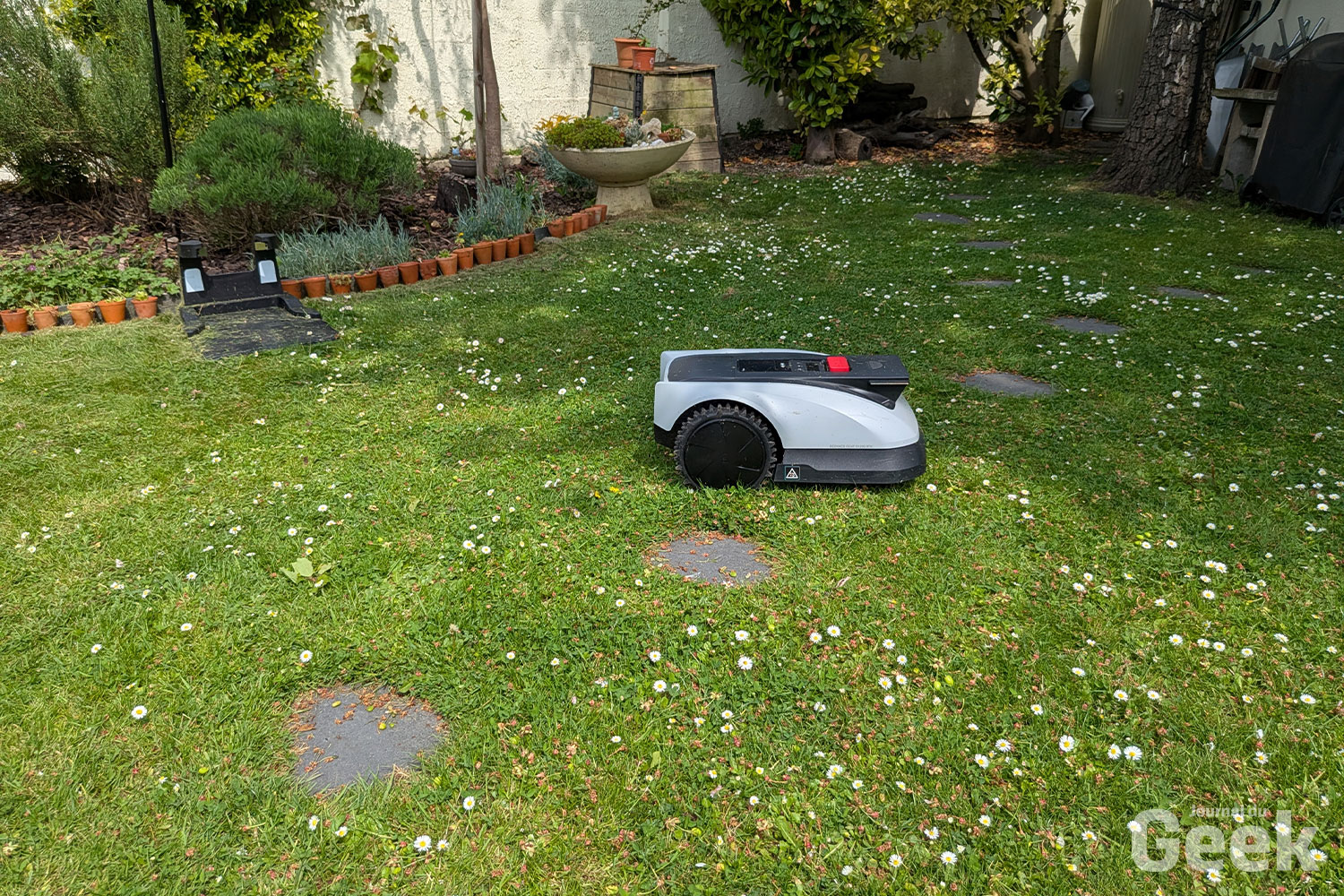Few events show our electricity dependence as a mass blackout. And few blackouts have been as extensive as the one that has affected all of Spain today. But there is a precedent of similar characteristics that still remember in neighboring Italy: the great blackout of 2003.
The day Italy was dark. On September 28, 2003, practically all the Italians (57 million people) were left without light. The ruling began in the Swiss Alps, demonstrating, as has happened today, the fragility of interconnected networks.
It all started at 3:01 in the morning in a high voltage line that crosses the passage of Lukmanier, between Switzerland and Italy. A storm whipped the area. According to subsequent investigations, the branch of a tree hit the wiring, causing a short circuit and its automatic disconnection.
It all started with a tree. The fall of a tree should not have been catastrophic. Electrical networks are designed with redundancies to avoid it. However, the demand for energy in Italy at that time was high, and the country depended significantly on the imports of electricity in Switzerland and France. The loss of the Lukmanier line increased the load on the other interconnections.
In less than half an hour, a second crucial line, that of the Paso de San Bernardino, also failed. The exact reasons were subject to dispute (Switzerland said there were overloads not communicated by Italy, Italy blamed Swiss management), but the result was overwhelming: Italy lost suddenly a huge capacity to import energy and went out.
The domino effect. At 3:28 am, the country remained dark. The almost simultaneous loss of these two great energy arteries had been too much for the Italian network. The frequency of the network began to fall dangerously below 50 Hz, and automatic protection systems, designed to avoid higher damage to generators and equipment, began acting in cascade.
Electric centrals throughout Italy began to automatically disconnect from the network to protect themselves. This self -defense mechanism, however, aggravated the problem: the more centrals they disconnected, the greater the imbalance between the remaining little generation and demand, accelerating the collapse. In a matter of minutes, the Italian electricity grid was completely fragmented and collapsed.
The blackout affected the entire Italian Peninsula, from the Alps to Sicily. The exception? The Island of Sardinia, which has an independent power grid and not connected to the continental system (as the Canary Islands here), as well as some small border areas that received a direct supply of neighboring countries.
The biggest blackout in the history of Italy. The blackout surprised Italy in the early morning of Sunday. Although this mitigated the initial chaos compared to the blackout of Spain (fewer people in public transport, in factories, locked in elevators), the impact was deep and durable throughout the day.
Thousands of passengers were also trapped in trains in the middle of nowhere. Hospitals and emergency services activated their diesel generators, but the situation tested their abilities. The meters of cities like Rome and Milan stopped working. The traffic lights went out, complicating traffic. Although many mobile phone antennas had batteries, overload affected communications in some areas.
In Rome, the blackout coincided with the “Notte Bianca”, the annual night in which museums open, there are concerts and night activities. Everything was interrupted, plunging thousands of citizens in unexpected darkness. The lack of electricity lasted for hours.
A delicate recovery. Resting the electricity supply after a total collapse (the now famous start from energy zero) is not as simple as pressing a switch. Italy showed that it is a slow, complex and gradual process. Many of the large thermal plants needed external energy to start their own auxiliary systems.
As the centrals generate energy again, they have to synchronize perfectly in frequency and voltage with the incipient network. An error can cause new disconnections. Demand must gradually reintroduce as the generation increases. Connect too fast load can overload the newly restored network and cause another collapse. It is a delicate dance between supply and demand.
Between four and 18 hours. For these reasons, the recovery was unequal. The regions of northern Italy, closer to European interconnections and with greater capacity for their own generation, began to recover electricity in about 3-4 hours. However, the center and south, especially Sicily, took much more. Some areas remained without electricity for 18 hours or more.
Finally, electricity was restored block to block, city to city, in a process that extended during almost all of Sunday. The Italian blackout of 2003 remains a case study on the complexity and fragility of our energy infrastructure. A reminder that small events like a fallen tree can turn off a whole country.
Imagin | Victor Romero (Flickr, CC BY-NC.
In WorldOfSoftware | What is the “energy zero” and why the supply can go suddenly but it takes hours to recover












